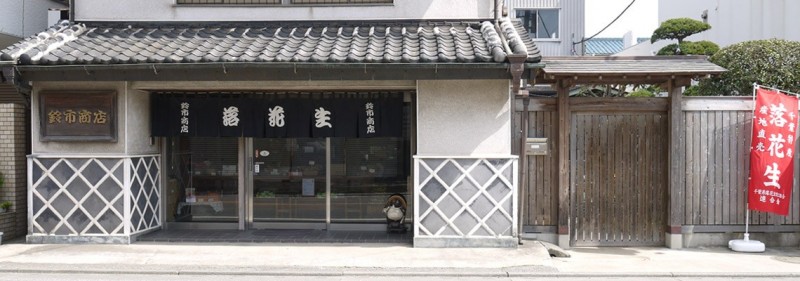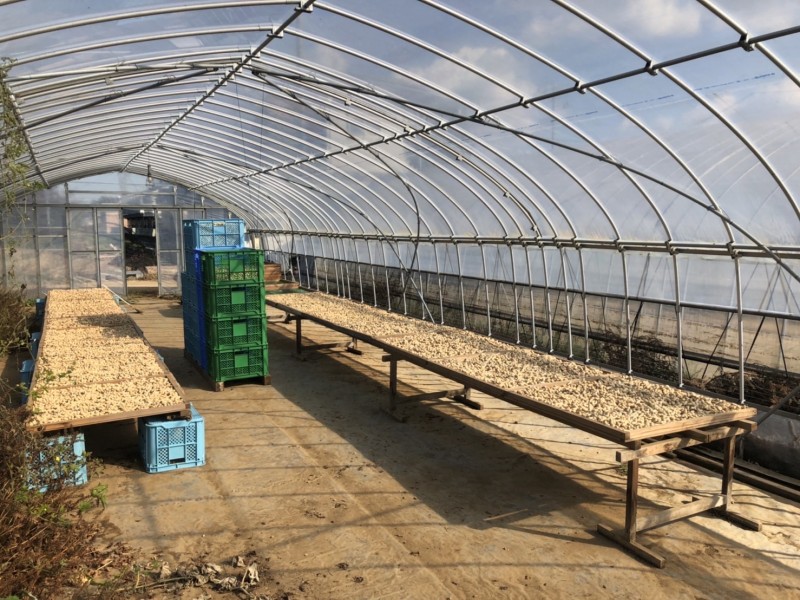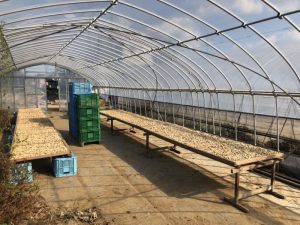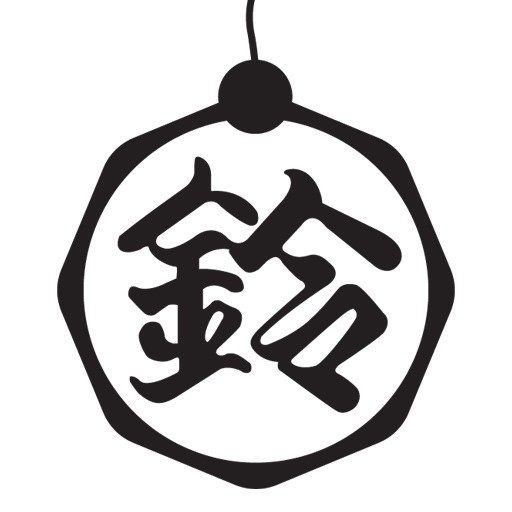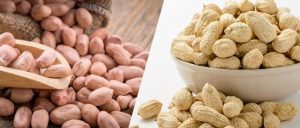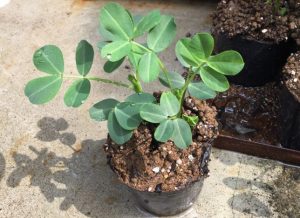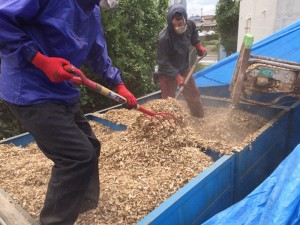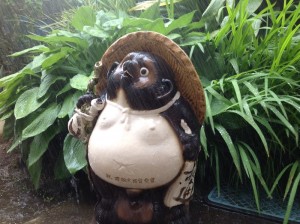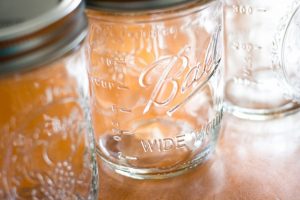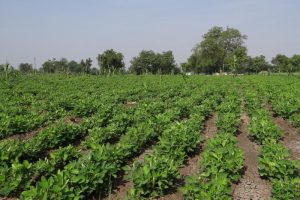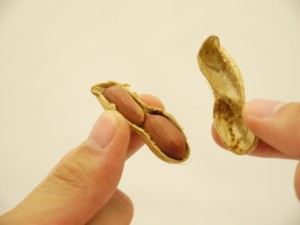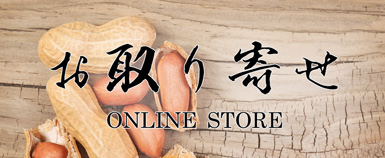In Japan, peanuts are generally ground-drying and piled-drying in field after harvesting, but this is a very time-consuming and labor-intensive process. In recent years, the quality of peanuts declines due to rainfall, strong winds cause ground-drying and piles to collapse, and wildlife damage during the sun-drying process has become a serious problem.
We have heard from a small-scale peanut farmer with whom we do business about a “method for stable drying of peanuts in plastic greenhouses” that eliminates ground-drying and piling, avoids quality loss due to rain, and minimizes animal damage.
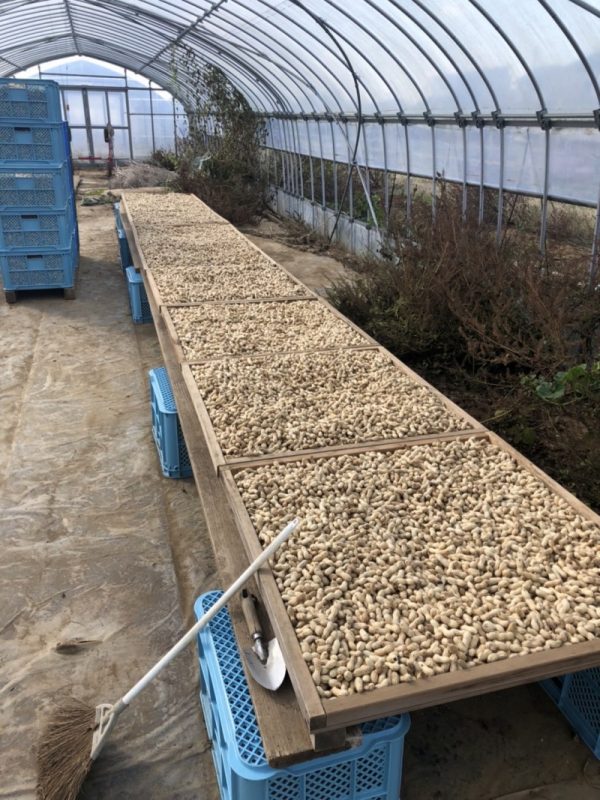
Drying of peanuts in plastic greenhouses
Drying method in plastic greenhouses
- De-shell peanuts immediately upon harvest. Remove some soil.
- Bring them into the plastic greenhouse and spread them thinly. (This farmer made his own container with a wooden frame and metal netting on the bottom. The size of the container is about 91 cm (length, width, and height) x 4 cm (height). The container is placed floating off the ground to allow for better ventilation of the underside of the container).
- The side of the plastic greenhouse is opened for ventilation. A fan is also available.
- Stir once daily at first, then once every few days to prevent uneven drying on the inside and outside.
- Open and close the greenhouses according to the weather and drying conditions, and dry the peanuts slowly over a period of 3 to 4 weeks or more. (Peanuts will mold if they do not dry out, but if they dry out too quickly, they will lose their flavor.)
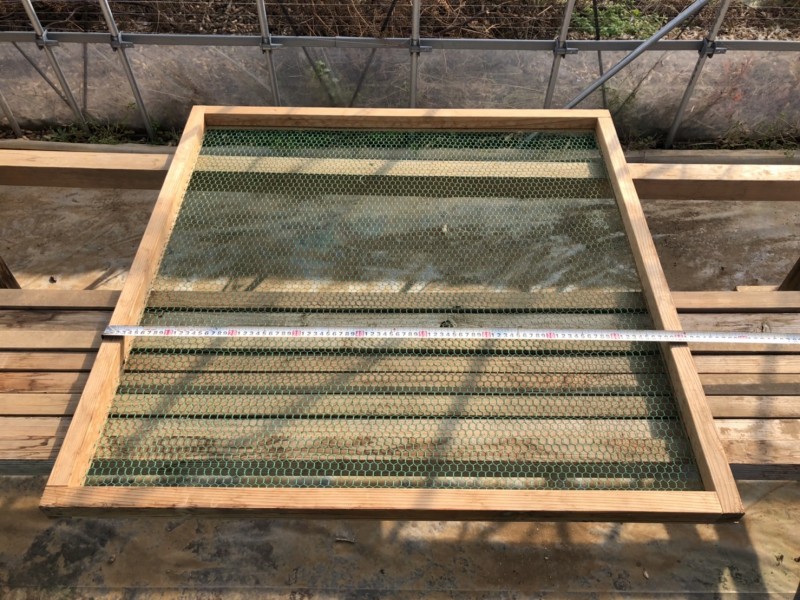
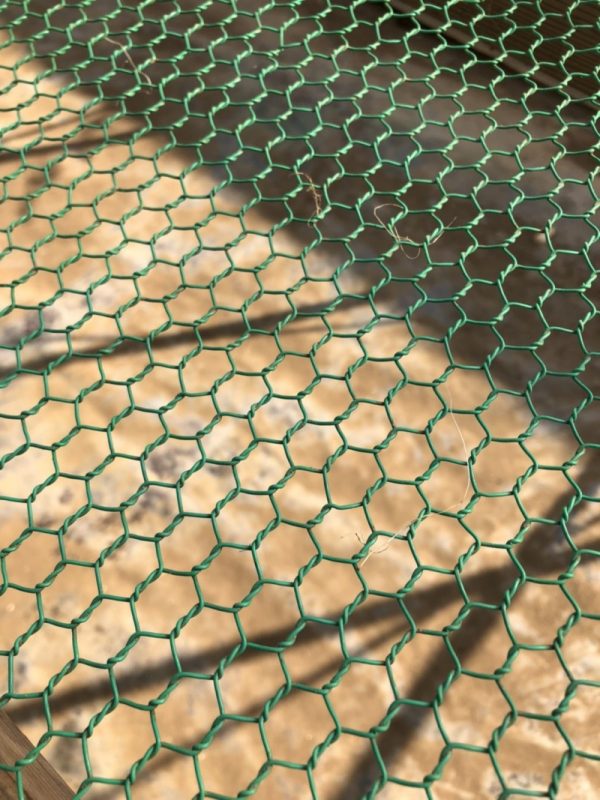
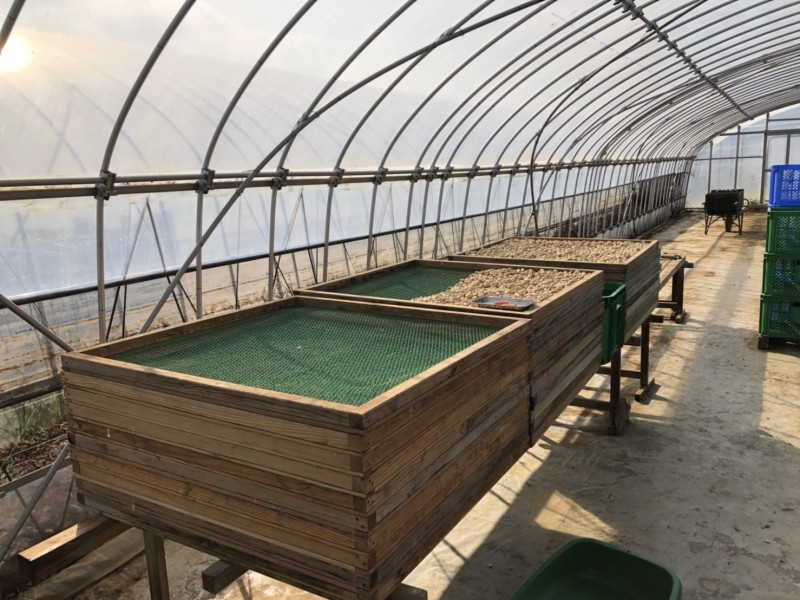
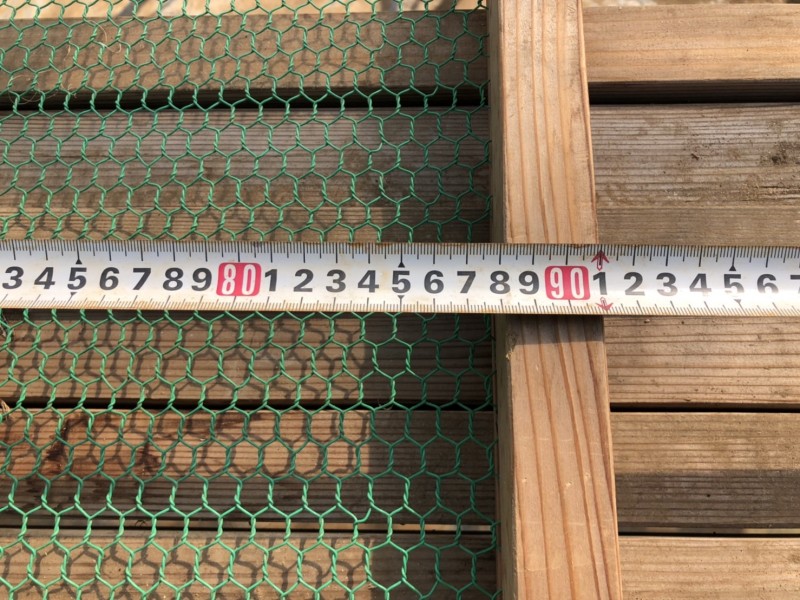
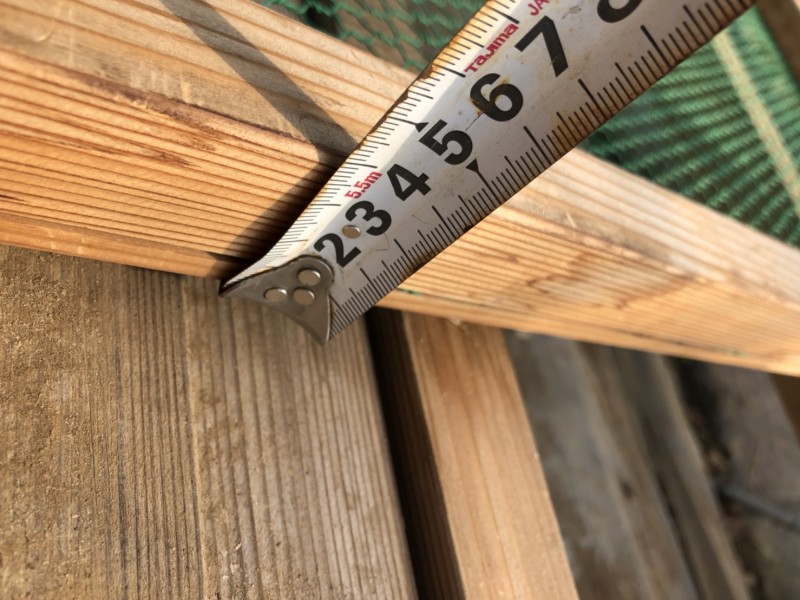
If you don’t have a plastic greenhouse
You can dry the same way indoors by using an electric fan. The method is almost the same as described above, and the fan should be positioned so that the wind blows through the entire area. The fan should be set to swing mode like a natural wind, or turned on and off depending on the degree of dryness, and dried slowly.
Advantages of plastic greenhouse drying
By de-shelling them early to reduce their volume and placing them in a secure plastic greenhouse.
- Can omit ground-drying and piled-drying.
- Avoid animal damage during the ground-drying and piled-drying. periods.
- Quality deterioration due to long rains can be avoided.
- The next crop can be planted immediately.
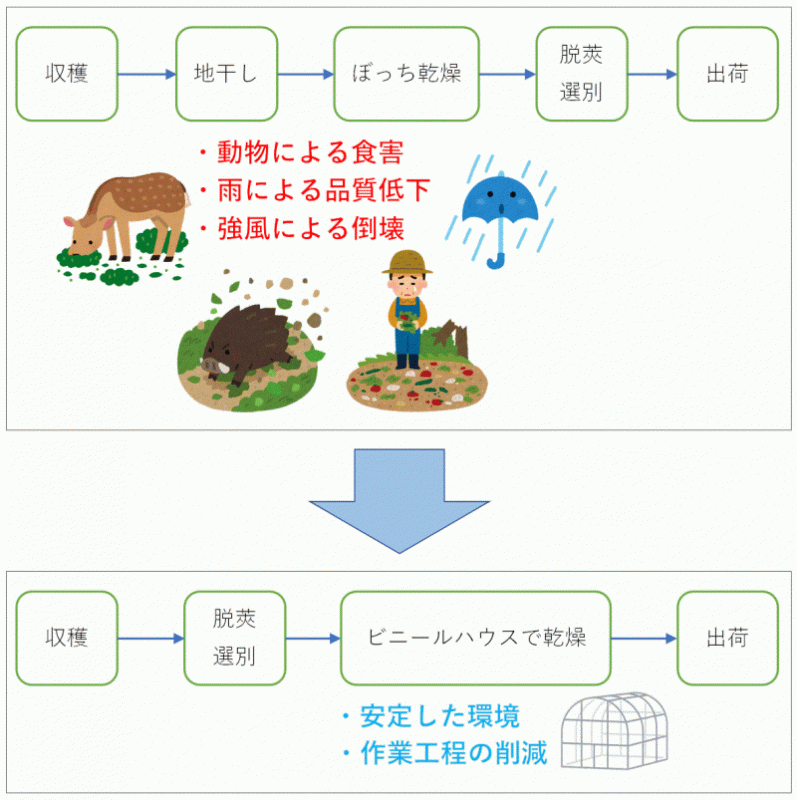
Disadvantages of plastic greenhouse drying
- Large scale requires a lot of containers and other containers.
- The harvest season is busy because of the addition of de-shelling work instead of drying on the ground.
- It cannot be left to dry completely.
Is there a problem with de-shelling before drying?
According to research data from the Peanut Research Laboratory of the Chiba Prefectural Agricultural and Forestry Research Center, slow drying does not seem to have a significant effect on eating quality.
(The following is an excerpt from the summary section of the document)
It was found that good-tasting peanuts could be obtained by gentle drying until the peanuts moisture content was less than 20%, regardless of the presence or absence of stover after harvesting. Therefore, as an alternative to the conventional ground-drying and piled-drying system, even if the stover is removed at harvest, as in the case of combine harvesting, it is possible to maintain the same level of flavor as ground-drying and piled-drying by developing a technique to dry the pods over time until the moisture content of the pods is 20% or less. ″
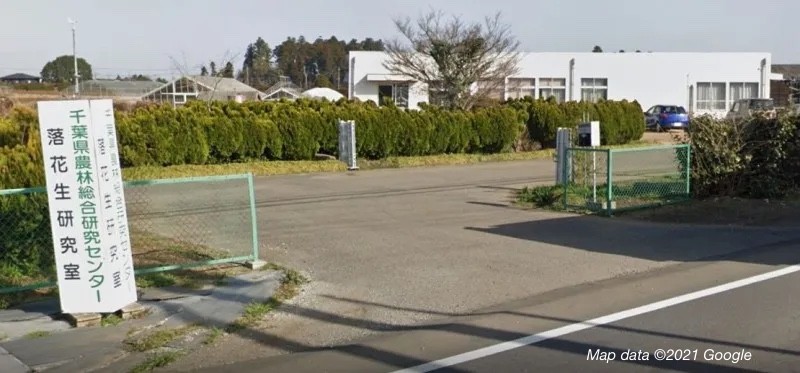
To improve the efficiency of fresh peanut shelling operations
A machine called a peanut sheller for raw peanuts can be used for efficient shelling. A soft rubber-bladed edamame peeler can also be used as a substitute. This small farmer says that next year he will make his own traditional tool called “Rakkokki” to remove the shells.
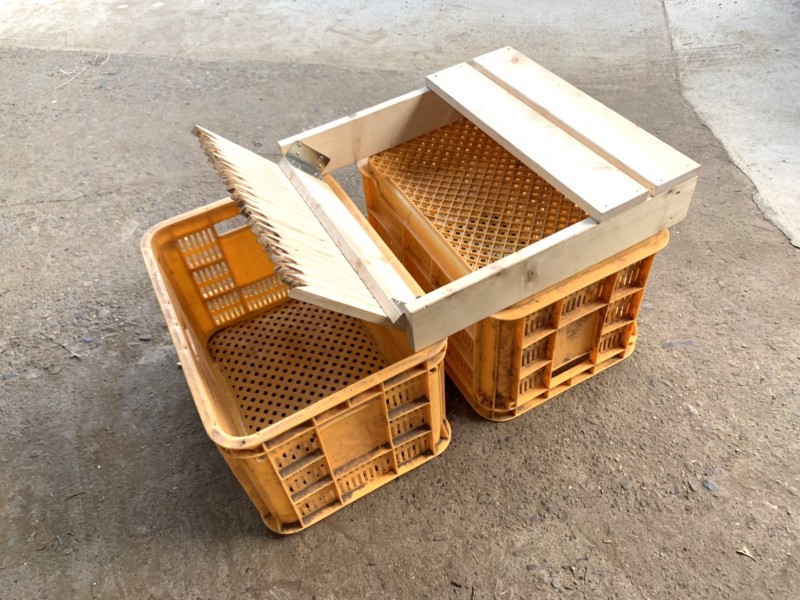
What methods do you use to harvest and dry peanuts? If you have a different or better way, please let me know!
reference data
- ラッカセイ収穫後における莢実の乾燥条件が子実の食味に及ぼす影響(千葉県農林総合研究センター)
- 落花生の収穫と乾燥のポイント(千葉県)
- 雨よけトンネルを活用した食味を落とさない落花生の乾燥方法(千葉県)
Disclaimer
While every effort has been made to ensure that the contents and information on the Suzuichi peanut specialty store website are as accurate as possible, the accuracy and completeness of the contents cannot be guaranteed. However, we do not guarantee the accuracy or completeness of the information. We shall not be liable for any loss or damage incurred based on such information.
We are looking for peanut farmers. (in Chiba Only)
